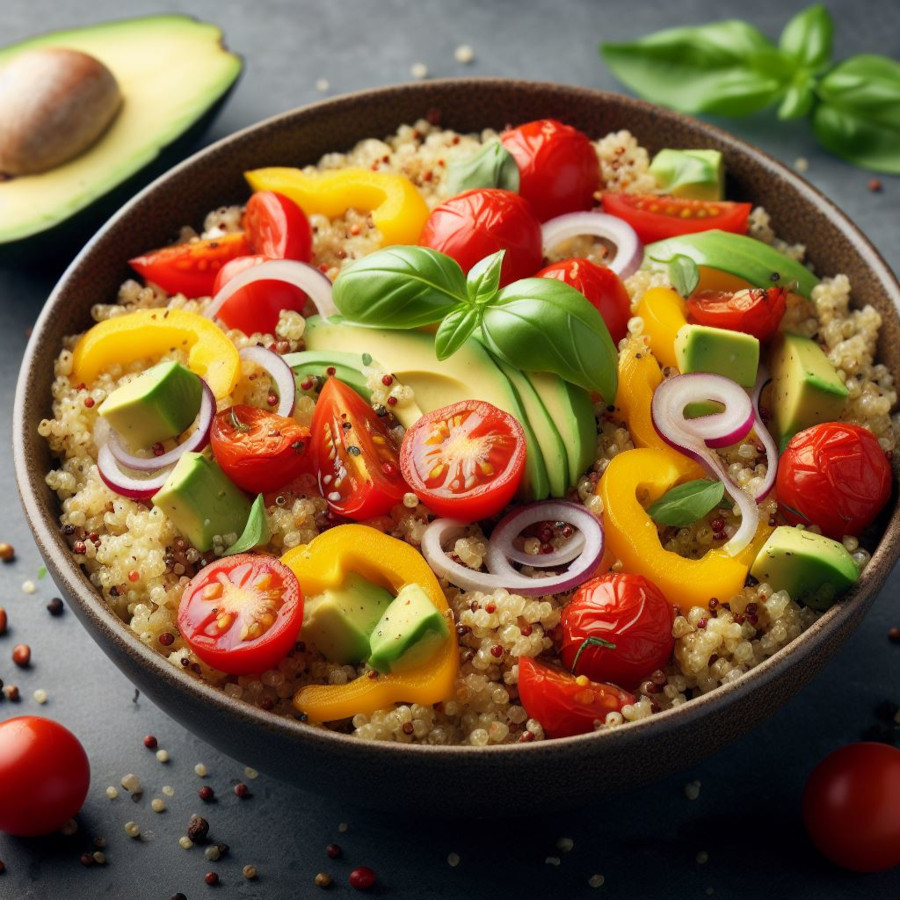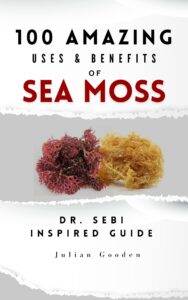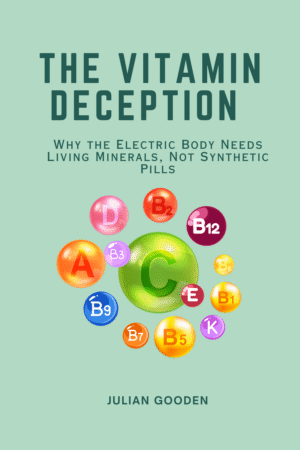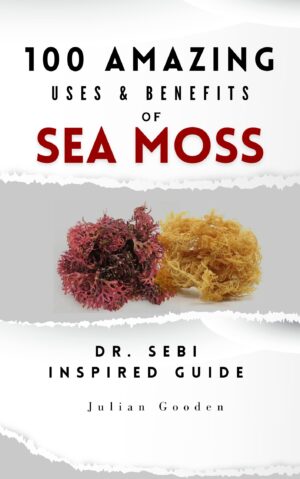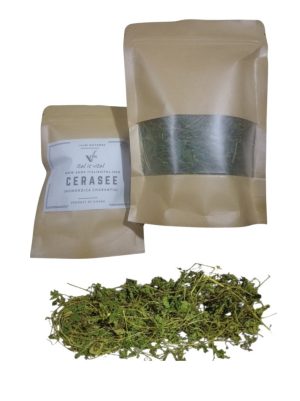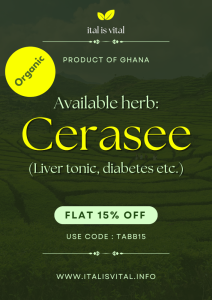In keeping inline with Dr. Sebi’s Nutritional Guide or food list, here are three delicious and nutritious recipes that would be a great addition to the diet of anyone who wish to eat healthier, but specifically, for someone who is has diabetes. Try and let us know what you think.
1. Alkaline Zucchini and Kale Soup
Description: A light, nutrient-dense soup featuring Dr. Sebi-approved vegetables like zucchini and kale, designed to support detoxification and stable blood sugar levels.
Ingredients (Serves 4):
- 2 medium zucchinis, chopped
- 2 cups kale, chopped
- 1 small onion, diced
- 2 tbsp grapeseed oil
- 4 cups spring water
- 1 tsp sea salt
- 1 tsp dried basil
- 1 tsp dried oregano
- 1 tbsp fresh key lime juice
- Optional: 1 cup cooked amaranth for added texture
Instructions:
- Heat grapeseed oil in a large pot over medium heat. Add diced onion and sauté for 3-4 minutes until translucent.
- Add chopped zucchini and cook for 5 minutes, stirring occasionally.
- Pour in spring water and bring to a boil. Reduce heat to a simmer and add kale, sea salt, basil, and oregano.
- Simmer for 10-12 minutes until vegetables are tender.
- Blend the soup using an immersion blender or in batches until smooth.
- Stir in key lime juice for an alkaline boost. If using amaranth, stir in cooked grains and heat through for 2 minutes.
- Serve warm.
Why Diabetes-Friendly? Zucchini and kale are low-glycemic, high-fiber vegetables that help regulate blood sugar. Amaranth, an approved alkaline grain, adds minimal carbs with high nutritional value.
Nutritional Notes: Rich in fiber, and minerals like magnesium.
2. Quinoa-Stuffed Chayote
Description: A filling dish using chayote (a Dr. Sebi-approved squash) stuffed with quinoa and alkaline vegetables, providing low-glycemic carbs.
Ingredients (Serves 4):
- 4 chayotes, halved and seeded
- 1 cup cooked quinoa (rinsed thoroughly before cooking)
- 1 cup diced cucumber
- 1/2 cup diced red bell pepper
- 1/4 cup diced onion
- 2 tbsp grapeseed oil
- 1 tbsp fresh key lime juice
- 1 tsp sea salt
- 1 tsp dried thyme
- Optional: 1 tbsp chopped dandelion greens for extra alkalinity
Instructions:
- Preheat oven to 375°F (190°C).
- Boil chayote halves in spring water for 10 minutes until slightly tender. Drain and set aside.
- In a bowl, mix cooked quinoa, cucumber, red bell pepper, onion, grapeseed oil, key lime juice, sea salt, and thyme.
- Stuff each chayote half with the quinoa mixture.
- Place stuffed chayotes in a baking dish, cover with foil, and bake for 20-25 minutes until chayotes are fully tender.
- Optional: Garnish with chopped dandelion greens before serving.
- Serve warm.
Why Diabetes-Friendly? Chayote and quinoa have low glycemic indices (GI ~50-53), and the fiber-rich vegetables slow carbohydrate absorption, aiding blood sugar control.
Nutritional Notes: Approx. High in fiber, and potassium.
3. Avocado and Cucumber Salad with Tamarind Dressing
Description: A refreshing salad with ingredients like avocado, cucumber, and amaranth greens, paired with a tangy tamarind dressing to support an alkaline state.
Ingredients (Serves 2):
- 1 large cucumber, thinly sliced
- 1 avocado, diced
- 2 cups amaranth greens
- 1 tbsp raw sesame seeds
- Tamarind Dressing:
- 2 tbsp tamarind paste (from fresh tamarind, no additives)
- 1 tbsp grapeseed oil
- 1 tbsp fresh key lime juice
- 1 tsp agave syrup
- Pinch of sea salt
Instructions:
- In a large bowl, combine cucumber, avocado, and amaranth greens.
- In a small bowl, whisk together tamarind paste, grapeseed oil, key lime juice, agave syrup, and sea salt until smooth.
- Drizzle dressing over the salad and toss gently to coat.
- Sprinkle raw sesame seeds on top and serve immediately.
Why Diabetes-Friendly? Avocado provides healthy fats that enhance insulin sensitivity, while cucumber and amaranth greens are low-carb and high in fiber, supporting blood sugar stability. Tamarind is an alkaline fruit with a low glycemic impact.
Nutritional Notes: Rich in healthy fats, fiber, and antioxidants.
General Tips for Dr. Sebi’s Alkaline Diet:
- Use only ingredients from Dr. Sebi’s Nutritional Guide, avoiding hybrid foods (e.g., seedless fruits, conventional wheat), animal products, and processed items.
- Drink 1 gallon of spring water daily to support detoxification and alkalinity.
- Avoid microwaving food, as it destroys nutrients. Use stovetop or oven preparation.
- Incorporate herbs like dandelion or burdock in teas or recipes for added detox benefits.
- Monitor portion sizes of grains like quinoa to manage carbohydrate intake for diabetes control.


